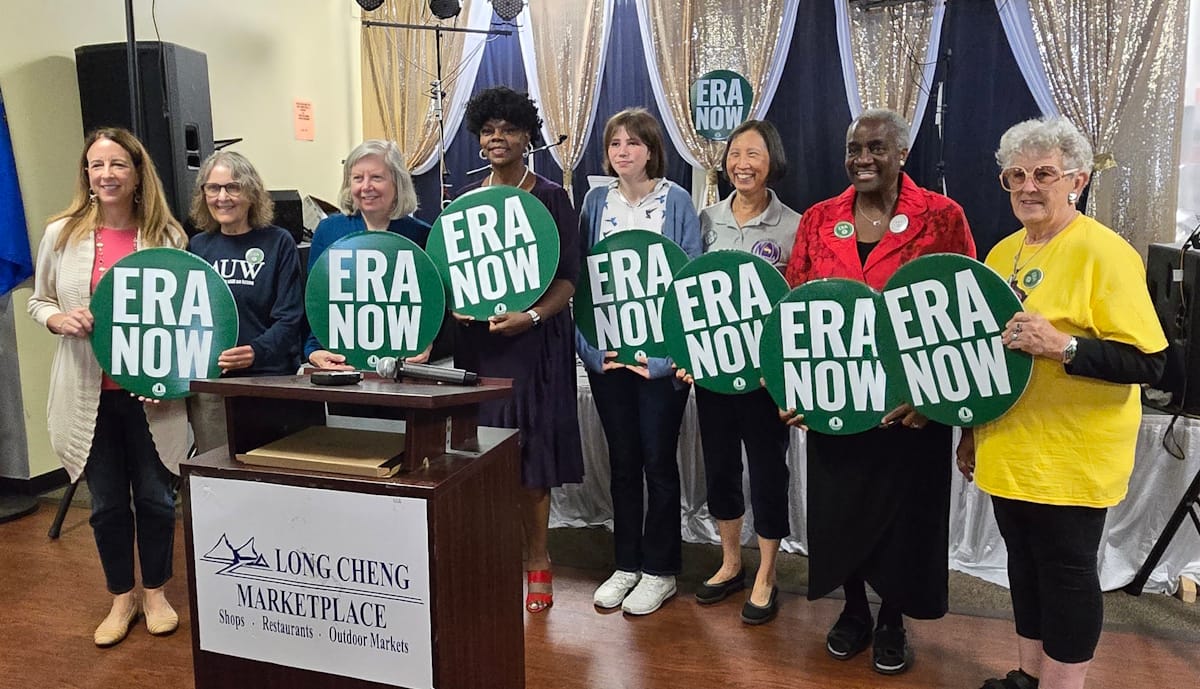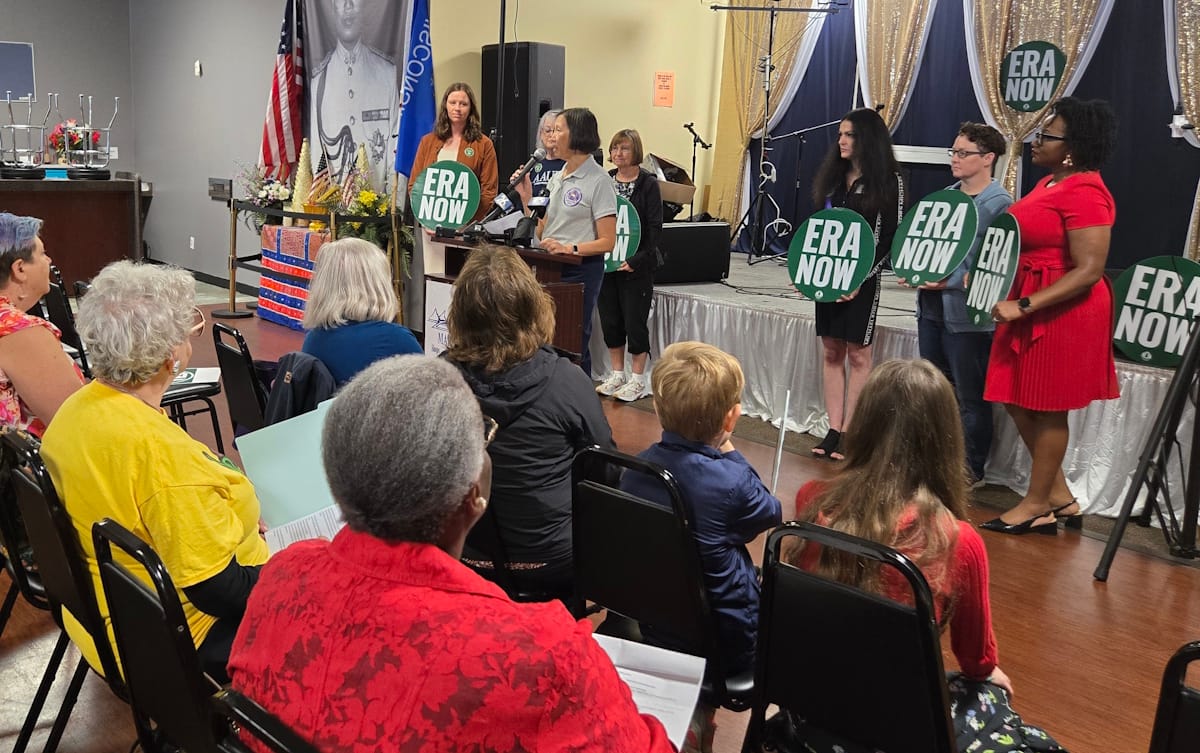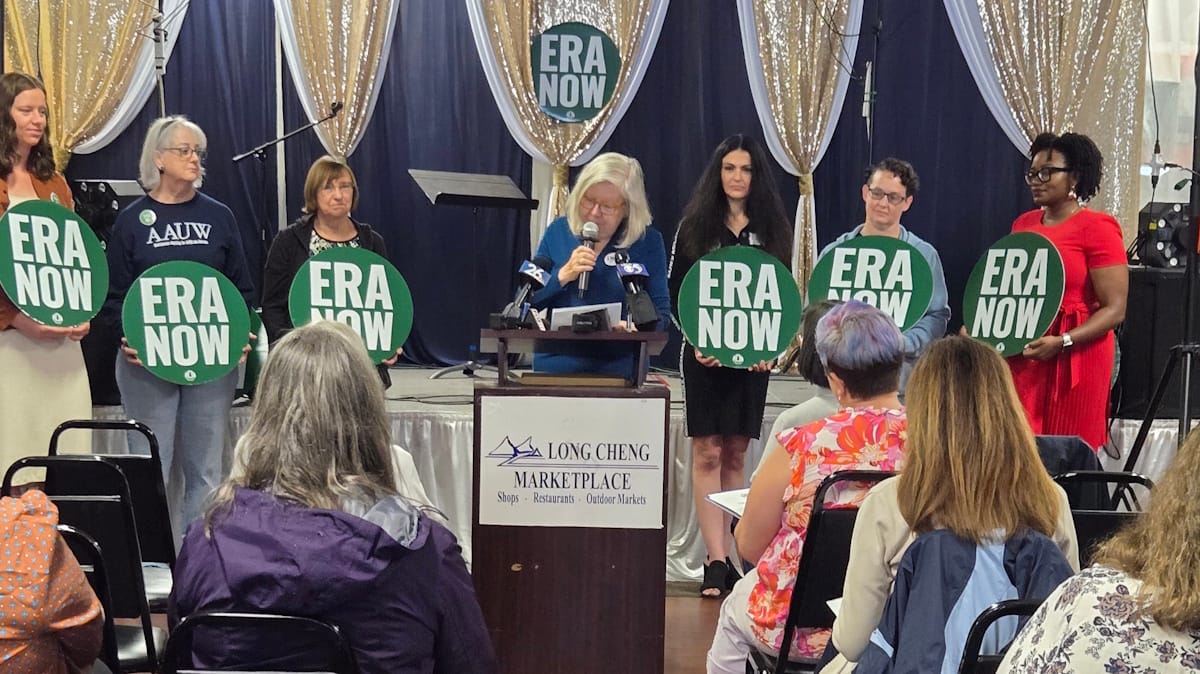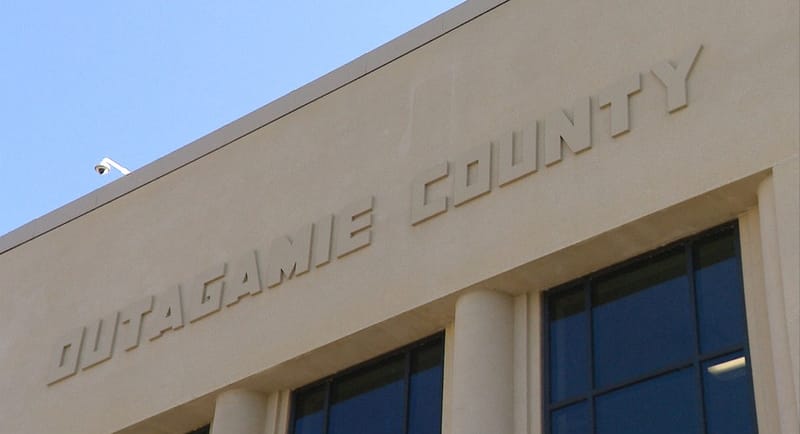While battle goes on for federal ERA amendment, state seeks to enshrine it in own constitution
To pass a constitutional amendment in Wisconsin, the State Legislature must first approve it in two consecutive legislative sessions, and then voters must ratify it in a statewide referendum

Although in 1972 Wisconsin became one of the first states to ratify the federal Equal Rights Amendment the state still has not been able to get it passed in its own constitution. Advocates hope that is about to change.
Appleton Area NOW and a host of other local advocacy groups announced on Sept. 22 that a group of Democratic legislators are proposing an Equal Rights Amendment to the Wisconsin Constitution.
“The fight for equality for all citizens is at the heart of the League,” said Jan Quinlan, President of League of Women Voters - Appleton/FoxValley. “Since the 19th century, we have been working for a more just nation where all people are truly equal, starting with the 19th Amendment to the US Constitution, which gave women the right to vote and created our organization, to the 1950s and 60s civil rights struggles, to the fight in 1972 for an Equal Rights Amendment for the US Constitution, the League has been a strong voice for equal rights.”
Democratic sponsors of the amendment include Sen. LaTonya Johnson and Rep. Brienne Brown, along with Reps. Lori Palmeri, Lee Snodgrass, Lisa Subeck, and Tip McGuire.
To pass a constitutional amendment in Wisconsin, the State Legislature must first approve it in two consecutive legislative sessions, and then voters must ratify it in a statewide referendum. The governor cannot veto proposed constitutional amendments.
Becky O'Connor (AAUW-Appleton) reminded attendees of a time when women had to dispel such myths as college impairing a woman's fertility. Since then, laws have been passed that moved equality forward, including the Equal Pay Act, the Title IX Amendment, the Family and Medical Leave Act, and the Lilly Ledbetter Fair Pay Act.
“Women's equality under the law has advanced incrementally through patchwork legislation and court decisions, but remains illusory, as these protections can be weakened, or, as we have seen, even revoked at the whim of legislators and judges,” said O’Connor. “The Equal Rights Amendment provides once and for all the constitutional guarantee of gender equality under the law, and that these rights cannot easily be abridged. Today, Wisconsin takes one strong step in that direction.”
Julie Keller (Executive Director, Women's Fund for the Fox Valley Region) described the ERA as an affirmation that equal rights for women is a right rather than a privilege.


Irene Strohbeen, President of the Appleton Area NOW and, left, and Jan Quinlan, President of the League of Women Voters - Appleton/Fox Valley, speak at a press conference on Sept. 22 about a proposal to ratify the Equal Rights Amendment to the Wisconsin State Constitution.
“This bill affirms what so many of us already believe, that equity is not only the right thing to do. It is the very definition of justice,” she said. “Today, we add our voice to a long line of Wisconsinites who believe in building a future where all of us can thrive together.”
Other speakers included Sarah Long Radloff (Appleton resident), Jody Harrell (Co-Chair, Celebrate Diversity Fox Cities), and Karen Nelson (Former Appleton DEI Coordinator). Tova, a local teenager, spoke on behalf of the upcoming generation of women.
“What comes next after any bill is introduced?" asked Irene Strohbeen, President of Appleton Area NOW. "It's up to we the people to raise our voices. Appleton Area NOW will be leading the way with the help of the other organizations you heard from this morning.”
The long fight for the ERA
The idea of a constitutional guarantee for equal rights emerged from the women's suffrage movement. In 1923, just three years after the 19th Amendment granted women the right to vote, suffragist leader Alice Paul introduced the first version of the ERA. It aimed to eliminate legal distinctions between men and women regarding divorce, property, and employment.
Despite being introduced in every session of Congress, the ERA made little progress for decades. In 1972, after years of advocacy by the modern women’s rights movement, the ERA passed both houses of Congress. The amendment was then sent to the states for ratification, with a seven-year deadline to be approved by 38 states.
Thirty states ratified the ERA within the first year. However, opposition grew, led by conservative activists who argued that the amendment would lead to unintended consequences, such as same-sex marriage and women being subject to the military draft. By the 1979 deadline, only 35 states had ratified the amendment. Congress extended the deadline to 1982, but no more states ratified it. Some even attempted to rescind their previous votes.
Following the 1982 deadline, the ERA seemed defeated. However, legal scholars and activists revived the fight in the 1990s, arguing that the amendment could still be ratified since the deadline was not included in the original text. In 2017, Nevada became the 36th state to ratify the ERA, followed by Illinois in 2018. In 2020, Virginia became the 38th and final state needed for ratification.
Despite meeting the constitutional requirement of 38 states, the ERA has not yet been added to the Constitution. The legal debate continues, with questions remaining about the validity of the expired deadlines and states' rescission attempts. Proponents argue that with 38 states having ratified, the ERA is now the 28th Amendment, and they are pushing for its official publication.
More than 20 states have passed their own Equal Rights Amendment (ERA) or a similar provision in their state constitution. Some states, like Pennsylvania, Colorado, and Washington, have very broad protections, while others have more specific provisions.
While battle goes on for federal ERA amendment, state seeks to enshrine it in own constitution © 2025 by Carol Lenz is licensed under CC BY-NC-ND 4.0






